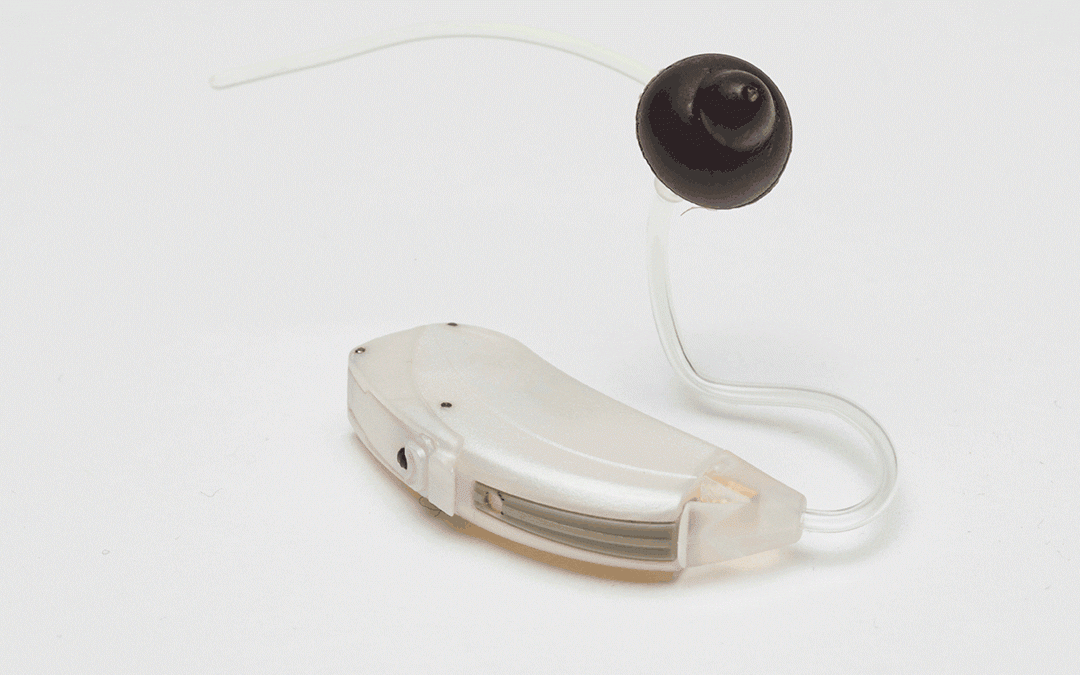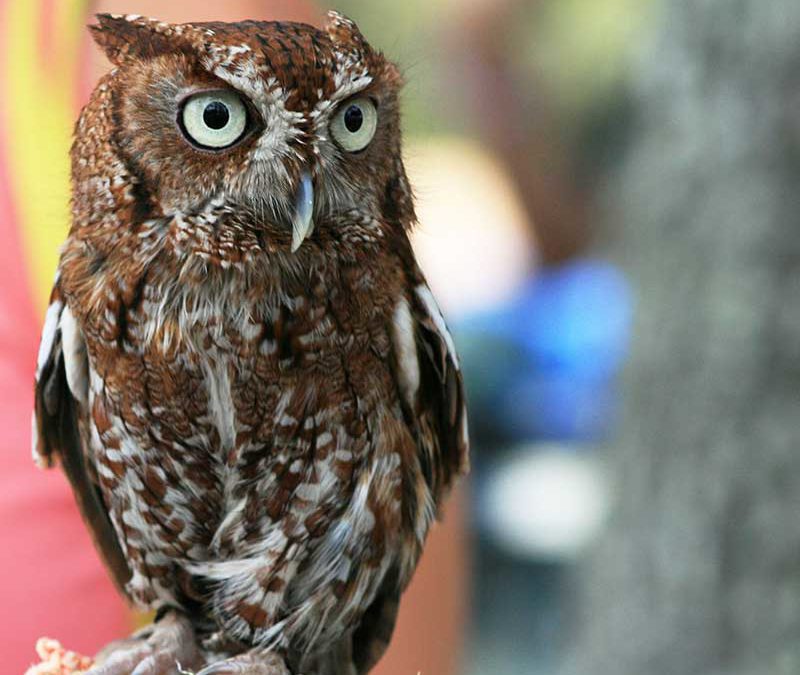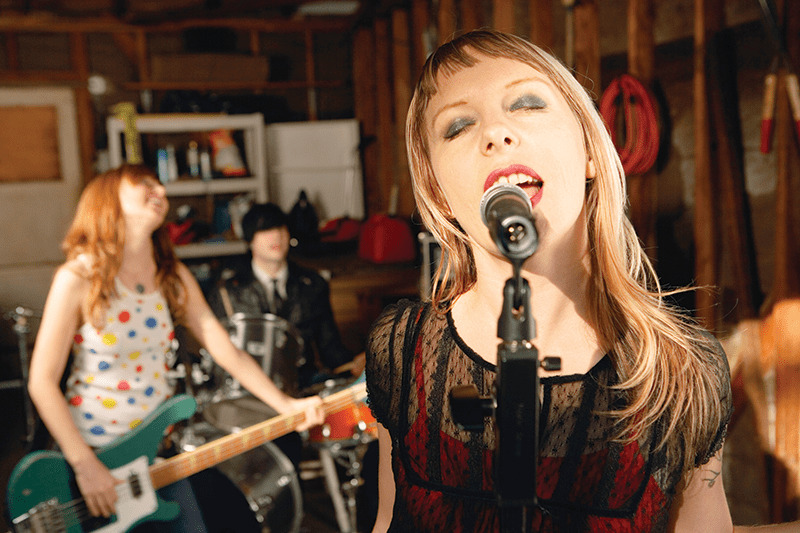
Jan 16, 2018
The most popular hearing instrument is the “receiver-in-the-ear” (RITE) type, which is also referred to as a “receiver-in-canal” (RIC) instrument. While these types of instruments are similar to “behind-the-ear” (BTE) hearing instruments, they differ in important...

Jan 9, 2018
If you stifle a sneeze, you run the real risk of damaging your eardrums or sinuses or even getting an ear infection. The exhaled air from a sneeze exits through the nose and mouth at speeds of about 100 miles per hour. When these exits are closed, a sneeze has nowhere...

Jan 2, 2018
Who cares if barn owls retain their excellent hearing ability well into old age? We all should. Our ability to hear relies on small sensory cells in the inner ear, called “hair cells,” that convert sound vibration into electrical signals that are sent to the brain....

Dec 26, 2017
People with active lifestyles that include running, swimming, and hitting a golf ball or tennis ball may want to know if there are hearing instruments that they can wear while in the water or on the court, field, or course. The answer is “yes.” Consumers need only...

Dec 19, 2017
We have all heard it said about some people that “noise doesn’t bother them, they can sleep through anything.” Well, yes and no. The fact is that, even though a person may not be awakened by loud noise, it still registers in the brain. Our evolutionary response to...

Dec 12, 2017
According to a recent report from the CDC, nearly 10 percent of millennials (those born between approximately 1976 and 2004) have some degree of hearing loss. The primary cause of this hearing damage is loud noise. While previous generations were mostly exposed to...







